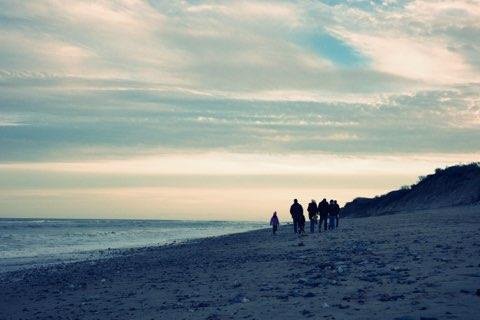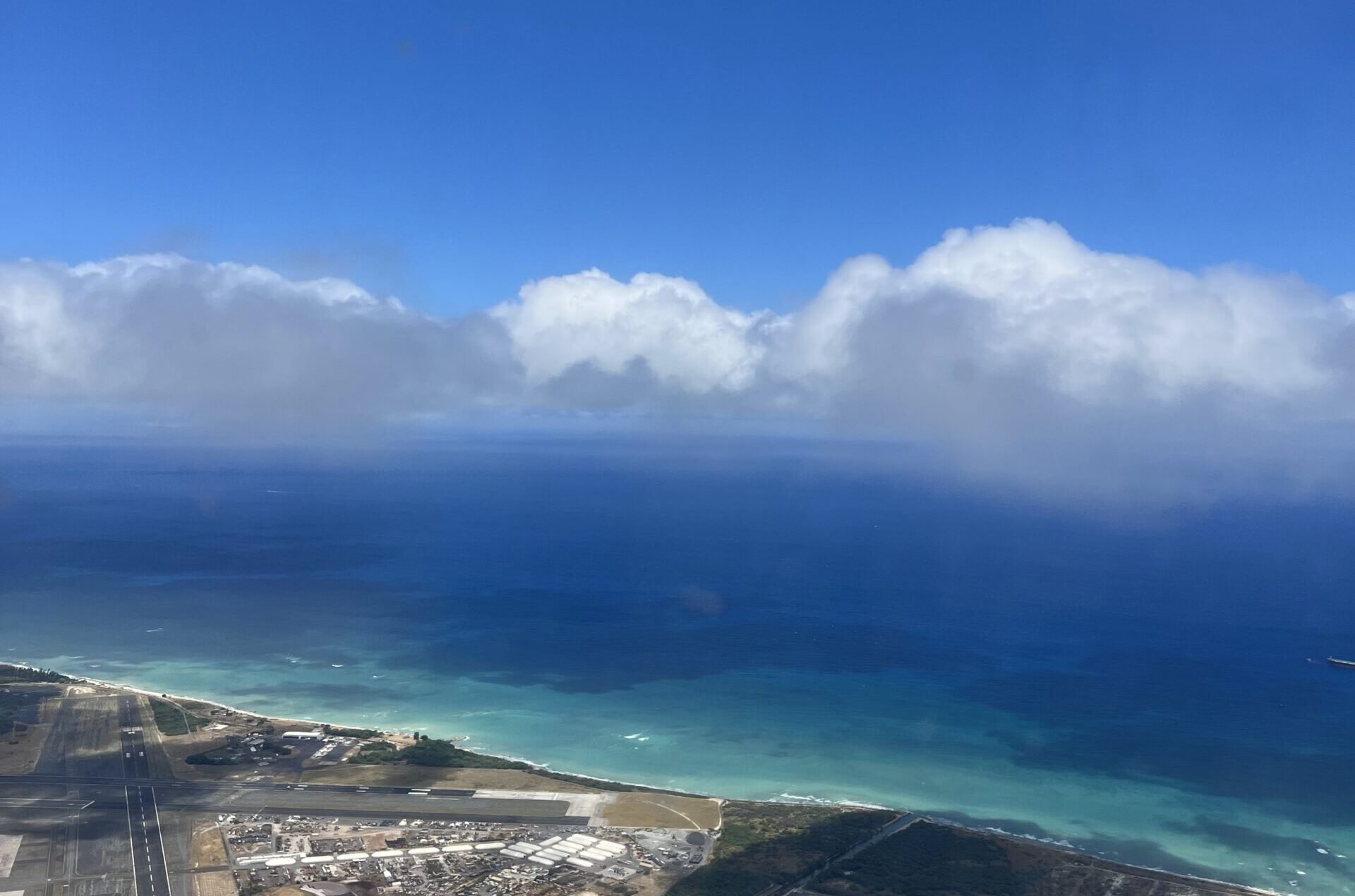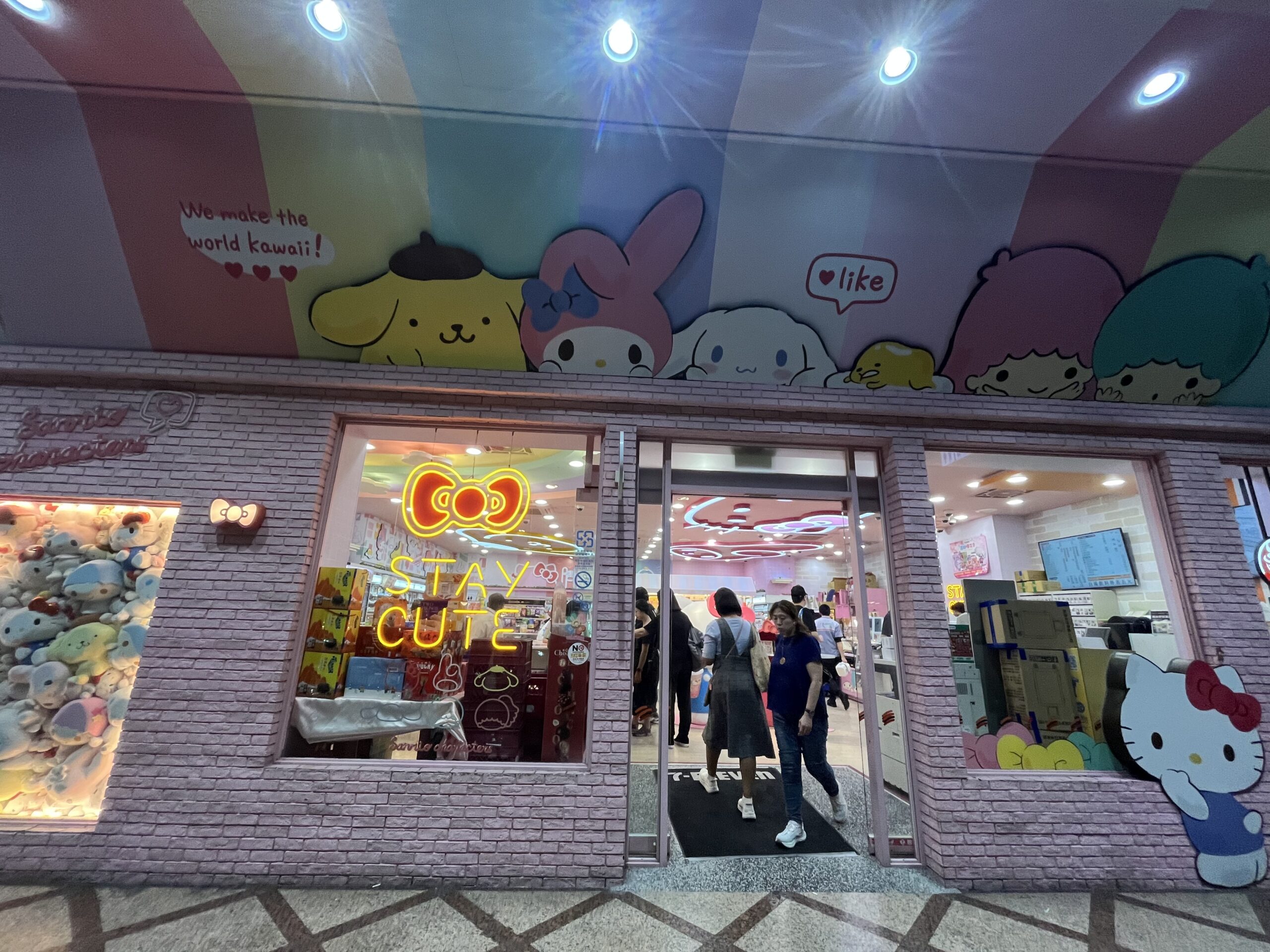
Explore the Hidden Secrets of Underground Cities Like Derinkuyu, Dixia Cheng, and Montreal’s Reso
Written by Kaelie Piscitello
Famous underground cities, such as Atlantis, have captured the interests of many people worldwide for years. The possibility that a civilization could exist below us without our knowledge could is a fascinating concept. Imagine millions of people going to work, eating out for dinner, and sharing time with families underground everyday without others realizing.

Underground societies exist today in cities with vast metro systems. Asian countries, such as Taiwan and Japan, have metro malls where people shop, travel, and enjoy meals every day. While these passageways do not always count as cities, many metropolises have them.
Edinburgh Vaults
The Edinburgh Vaults, or the South Bridge Vaults, date back to the 18th century, when many people began to inhabit the undercity to escape from persecution. Edinburgh City built these for storage and workplace spaces, connecting Edinburgh Old Town to the newer developments in the south.

The city built them beneath the South Bridge, complete with workshops, storage for merchants and shopkeepers, taverns and pubs, and housing for laborers. The vaults have an intense history, leading the city to seal them off from the mid-1800s to the 1980s when people rediscovered them. The vaults often had dampness and flooding, so businesses abandoned them, and they fell prey to gambling, distilling, and other crimes.
Dixia Cheng
Beijing built Dixia Cheng during the 1970s under Chairman Mao Zedong out of fear of nuclear war. Mao created the city to ensure that if atomic bombs fell, its population could survive beneath the streets. The city’s name translates to “underground city” in Chinese, and the name fits.
Today, history buffs can tour these vaults on ghost-themed expeditions and learn about the strange noises and mysterious shadows dwelling there.

Dixia Cheng spans over 33 square miles beneath central Beijing and can house between 300,000-1 million people if someone attacked Beijing . It consists of tunnels wide enough for vehicles, dormitories, classrooms, hospitals, food storage, and mushroom farms for growing food underground.
Beijing closed most of Dixia Cheng to the public in 2008 for public safety reasons during the summer Olympics. It remains off-limits today, but the military may still use some parts of it.
Derinkuyu
Turkey’s Derinkuyu Underground City is a multi-level subterranean metropolis created from volcanic rock. Nevsehir Province’s underground metropolis stretches 200-280 feet beneath the surface! As a former shelter, it can hold up to 20,000 people, including their livestock and food.
Historians are unsure why Turkey built their urban dwelling, but historians theorize that the Phrygians dug it around the 8th-7th century BCE. Later, Christians expanded it during the Byzantine Empire and used it as a refuge for hiding from invading forces during Arab and Roman persecution. During this period, it remained a defensive hideout during invasions, persecutions, and natural disasters.

Derinkuyu contains living quarters, churches, kitchens, wine and oil presses, storage rooms, stables, schools, and a baptismal chamber—making it the perfect place to hide out during uncertain times. It alsos had ventilation shafts to keep the air fresh and flowing. It has huge stone doors people can roll to defend against intruders.
Imagine just trying to renovate a kitchen and stumbling into a lost civilization! A man knocking down a wall in his basement was rediscovered in 1965 when he found a tunnel behind his home. Today, it is open to the public, and travelers can tour it, one of the region’s most extensive and most intricate of over 200 cities.
Montreal Underground City
Montreal, Canada, also has underground tunnels, but it does not have the eerie and futuristic feel of Dixia Cheng’s and Derinkuyu’s. People call Montreal’s tunnels Reso because of its massive network of pedestrian walkways, metro stations, and office buildings. Reso is the largest below the surface complex in the world.
Montreal built the tunnels during the 1960s to help people get around with comfort and safety in the frigid winters Montreal experiences annually. It started with the Place Ville marie and led to the creation of the Montreal Metro system.

Reso has many activities, including shopping malls, food courts, hotels, universities, and office towers. It also connects to train terminals and bus stations! As evidenced by the half a million people using it every day, Reso has something for everyone.
Wieliczka Salt Mine
Wieliczka Salt Mine is one of the most magical underground places travelers can visit — like something from a fantasy novel. Located near Kraków, Poland, the mines have a cathedral, museum, art gallery, and historical marvel.
It dates back to the 13th century and operated for over 700 years until 1996 for industrial mining. It stretches over 186 miles but only a portion remains open to the public. People know it for its intricate chapels, sculptures, and chandeliers, all made of salt. Many people love the Chapel of St. Kinga for its religious carvings and salt version of Da Vinci’s “Last Supper.” People still use it today for concerts, weddings, and mass.
It also has dozens of chambers and corridors worth exploring, salt latkes, statues of Polish kings, dwarves, and saints, and a museum on the history of salt mining. Today, it is Poland’s most famous tourist attraction and a UNESCO Heritage Site. Guided tours last 2-3 hours, and the temperature stays at 57 degrees Fahrenheit year-round.





Leave a Reply